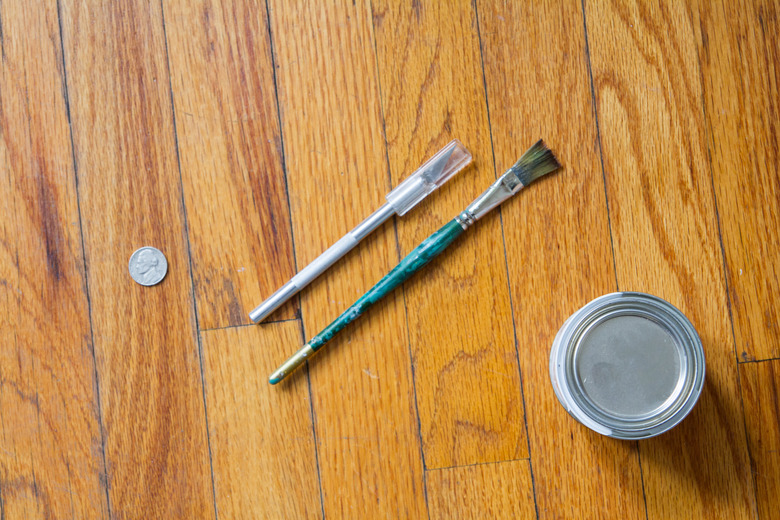How To Know The Finish Of My Hardwood Floors
Before you restore your wood floor finish — or even clean it — you need to know what type of finish it is, or your efforts could be for naught. Many floors have a polyurethane finish, but certain finishes are harder than polyurethane, and restorative finishes won't adhere well to them. Meanwhile other finishes aren't as hard and require special care. A few tests can get you in the know.
A strong maintenance routine is the key to the longevity and durability of your floors. Staying active with a daily maintenance routine is the first line of defense. Bona's next generation of wood floor mops, engineered to work with Bona's water-based, no-residue wood floor cleaner make effective cleaning easy so your floors stay beautiful for years to come.
A Variety of Finishing Materials
A Variety of Finishing Materials
Before polyurethane became a household word, floor finishers applied wax, varnish, penetrating oil or shellac to protect wood flooring, and many people still prefer the subtleties of these time-tested finishes. Polyurethane is also a kind of varnish that can be oil- or water-based; it differs from the alkyd-based variety in having a clearer, more plastic-like appearance.
Some polyurethane finishes come with a catalyst, and when the two are mixed, the finish becomes harder than that of a one-part product. The baked aluminum oxide finish that comes on prefinished flooring is the hardest of all — it's hard enough to prevent many other finishes from adhering to it.
Testing for Oil or Wax
Testing for Oil or Wax
The easiest way to test a floor finish is to run your hand along the surface of the floor. If you can feel the graininess and texture of the wood, the floor probably has a coating of penetrating oil and — perhaps — wax. Test for wax by rubbing an out-of-the-way floorboard with the edge of a coin and looking for telltale wax buildup on the coin. Rubbing the spot with a rag moistened with minerals spirits and looking for discoloration on the rag is another way to test for wax. If the floor has a wax finish, you'll have to strip the wax before you can restore the finish.
Film Finishes
Film Finishes
A scraping test can help you distinguish between other surface finishes, such as polyurethane, and a penetrating oil finish, but you'll need a sharper blade, such as that of a utility knife. Run the blade along the surface of an inconspicuous board and look for shavings, which are the sign of a film finish, such as polyurethane or shellac. Test for shellac by placing a shot glass over a single drop of alcohol and checking if the material dissolves; if yes, you have shellac. If that test is negative, the film coating is varnish, polyurethane or aluminum oxide. For cleaning and restoration purposes, varnish and polyurethane are essentially equivalent, but you need to know if the finish is aluminum oxide before purchasing any finish restoration products.
Polyurethane finishes sometimes can be restored–typically a process of lightly abrading, or "screening," and recoating the floor–but only if the original finish is well-adhered and no waxy or oily products have been used on the floor. Otherwise, professional refinishers are likely to recommend sanding off the old finish before applying a new finish. In this case, you also have the option to switch to a traditional oil or other type of finish instead of polyurethane, if desired.
Identifying Aluminum Oxide
Identifying Aluminum Oxide
Examining the condition of the finish relative to the age of the floor is one way to identify an aluminum oxide finish. Because this type of finish is applied at the factory, it's thicker and harder than a on-site polyurethane finish. Aluminum oxide finishes are guaranteed for 20 years or more, so if the wood is still in good shape, but the finish is showing signs of wear-through, it probably isn't aluminum oxide. If the finish is aluminum oxide, and you want to restore it, use a product designed specifically for that type of finish.
